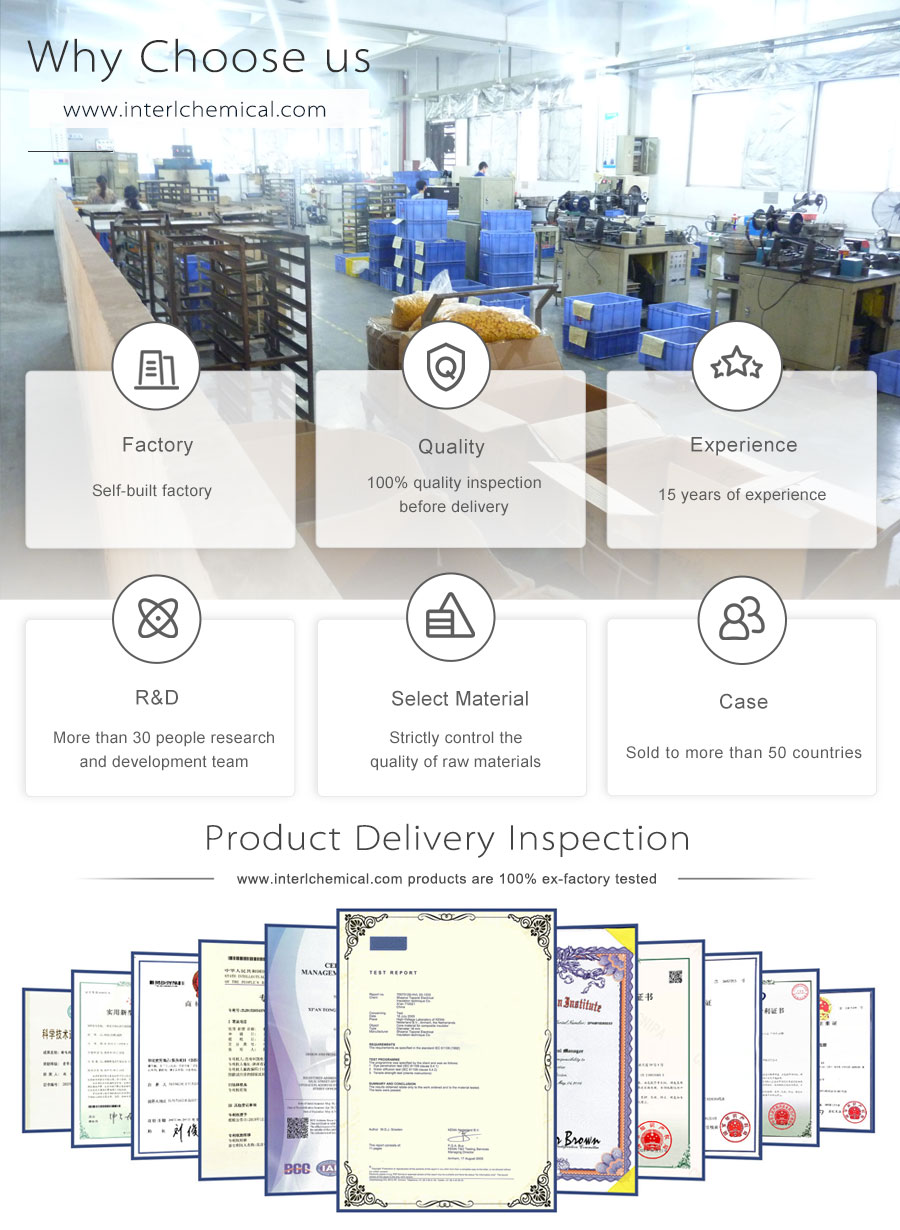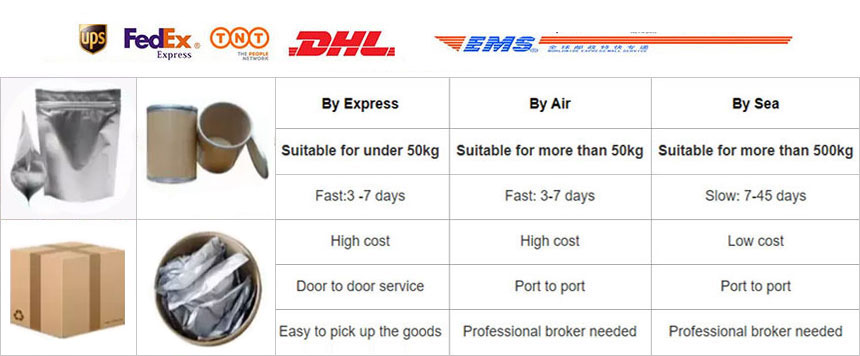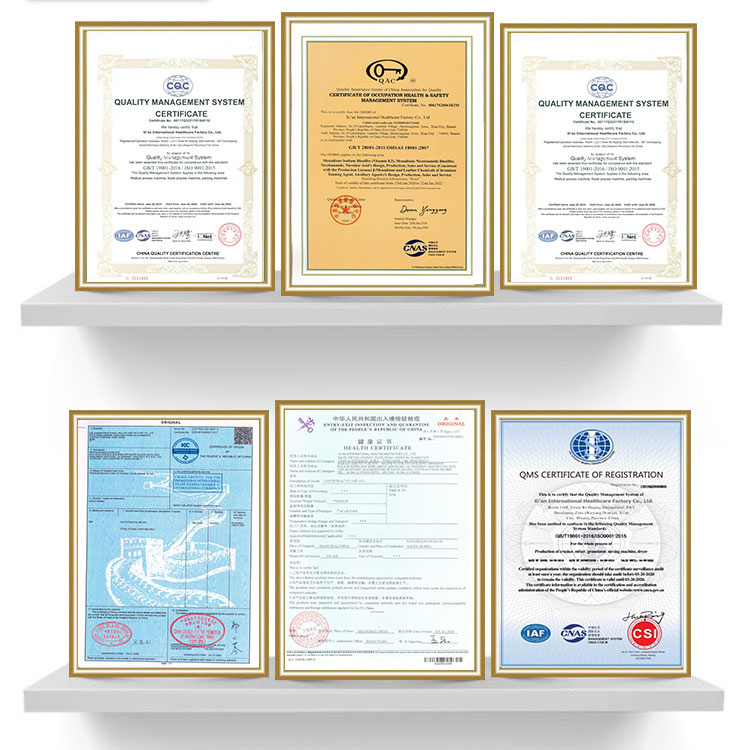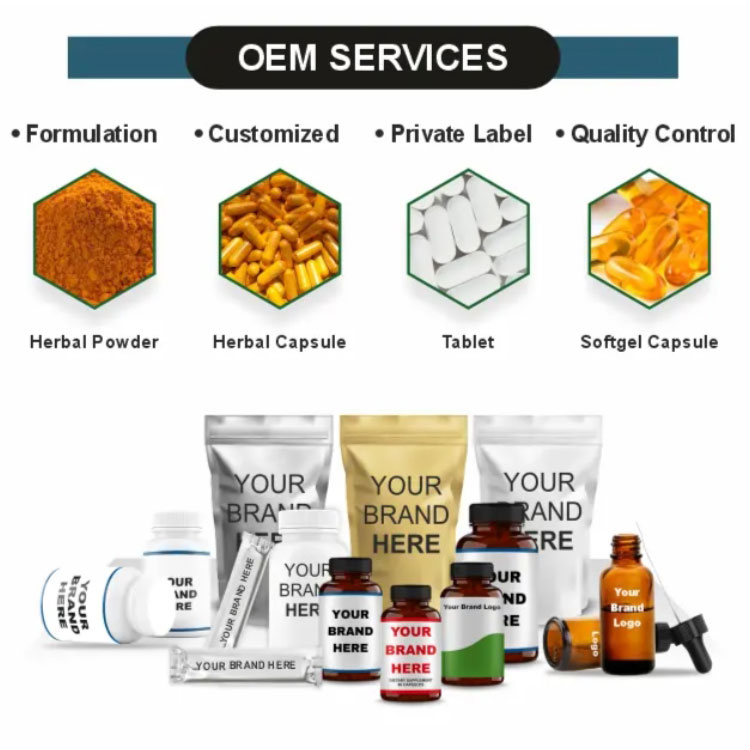Phone: 86-29-89601602
Mail: sales27@interlgroup.com
Add: Room 305 , 3/F , Haipai Decoration Office Building , Yudu Avenue , Yuncheng , Shanxi
Epsilon-polylysine powder Raw Materials CAS 28211-04-3
Product Overview:
ε-poly-L-lysine powder is a kind of high molecular compound with special properties and uses. ε-poly-L-lysine powder is a light yellow powder with strong hygroscopicity and slightly bitter taste. It is a straight chain polymer of lysine, which is produced by the fermentation of Streptomyces. ε-poly-L-lysine has unique application conditions as a natural preservative, similar to the benchmark of natural preservatives, lactostreptococcus, are polypeptide preservatives, and ε-polylysine has a wider antibacterial range than lactostreptococcus.
Epsilon-polylysine powder Raw Materials CAS 28211-04-3 Attributes
Epsilon-polylysine powder Raw Materials CAS 28211-04-3
CAS:28211-04-3
MF:C8H18N2O
MW:158.24132
EINECS:200-673-2
Specification:99% min Epsilon-polylysine powder
Sample:Epsilon-polylysine powder Avaliable
Keywords:Epsilon-polylysine
Appearance:white powder
Storage: Cool Dry Place
Brand:Global ASAP Nutrition Factory
Shelf Life: 2 Years
Test Method: HPLC
Epsilon-polylysine powder Raw Materials CAS 28211-04-3 Details
>Click here to get more information
Uses and synthesis of ε-poly-L-lysine powder
ε-poly-L-lysine powder is a kind of high molecular compound with special properties and uses. ε-poly-L-lysine powder is a light yellow powder with strong hygroscopicity and slightly bitter taste. It is a straight chain polymer of lysine, which is produced by the fermentation of Streptomyces. ε-poly-L-lysine has unique application conditions as a natural preservative, similar to the benchmark of natural preservatives, lactostreptococcus, are polypeptide preservatives, and ε-polylysine has a wider antibacterial range than lactostreptococcus.
Applications and Functions of ε-poly-L-lysine powder
Broad-spectrum antibacterial
It has a significant inhibitory effect on gram-positive bacteria, gram-negative bacteria, yeasts, molds and other microorganisms, especially on gram-negative bacteria such as Escherichia coli and Salmonella.
Safe and absorbable
It can be decomposed into lysine in the human body, completely digested and absorbed, non-toxic, and can be used as a nutritional source of lysine.
Anti-corrosion and fresh-keeping
It is widely used in the food industry, such as meat products, baked products, beverages, etc., effectively extending the shelf life and maintaining the freshness of food.
Thermal stability and pH adaptability
It has good thermal stability, does not decompose at high temperatures (such as 121°C), and its antibacterial activity is not affected by pH.
Medical and daily chemical applications
It is used in pharmaceutical preparations (such as tablets and capsules) to increase stability, and as a preservative for cosmetics and daily chemical products to inhibit microbial growth.
Nanotechnology and targeted delivery
It can be loaded on other materials to form nanoparticles or nanofiber membranes for targeted delivery to exert sustained antibacterial effects
Physicochemical Property of ε-poly-L-lysine powder
ε-poly-L-lysine is a colorless, odorless, water-soluble polymer. ε-polylysine has good biocompatibility, biodegradability and bioactivity, and is a green and environmentally friendly material.
Product method of ε-poly-L-lysine powder.
Strain culture
Streptomyces albulus is used for aerobic culture as the main strain for producing ε-polylysine.
Culture fluid treatment
The culture fluid is filtered to remove the bacteria and other impurities to obtain a filtrate containing ε-polylysine.
Separation and purification
The ε-polylysine in the filtrate is adsorbed by ion exchange resin, followed by elution and separation to obtain a crude product.
Further purification through steps such as crystallization and drying to obtain a high-purity ε-polylysine finished product
Process optimization
The ε-polylysine yield of the strain is improved through mutagenesis breeding (such as diethyl sulfate mutagenesis) and resistance screening.
Optimize the fermentation medium components (such as carbon source, nitrogen source, inorganic salt, etc.) and culture conditions (such as pH, temperature, feeding strategy, etc.) to further improve production efficiency











